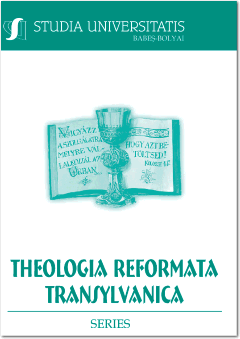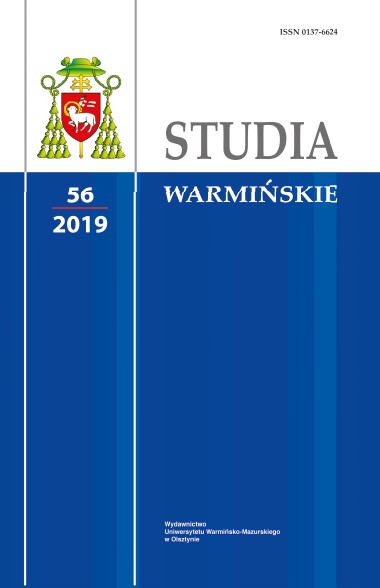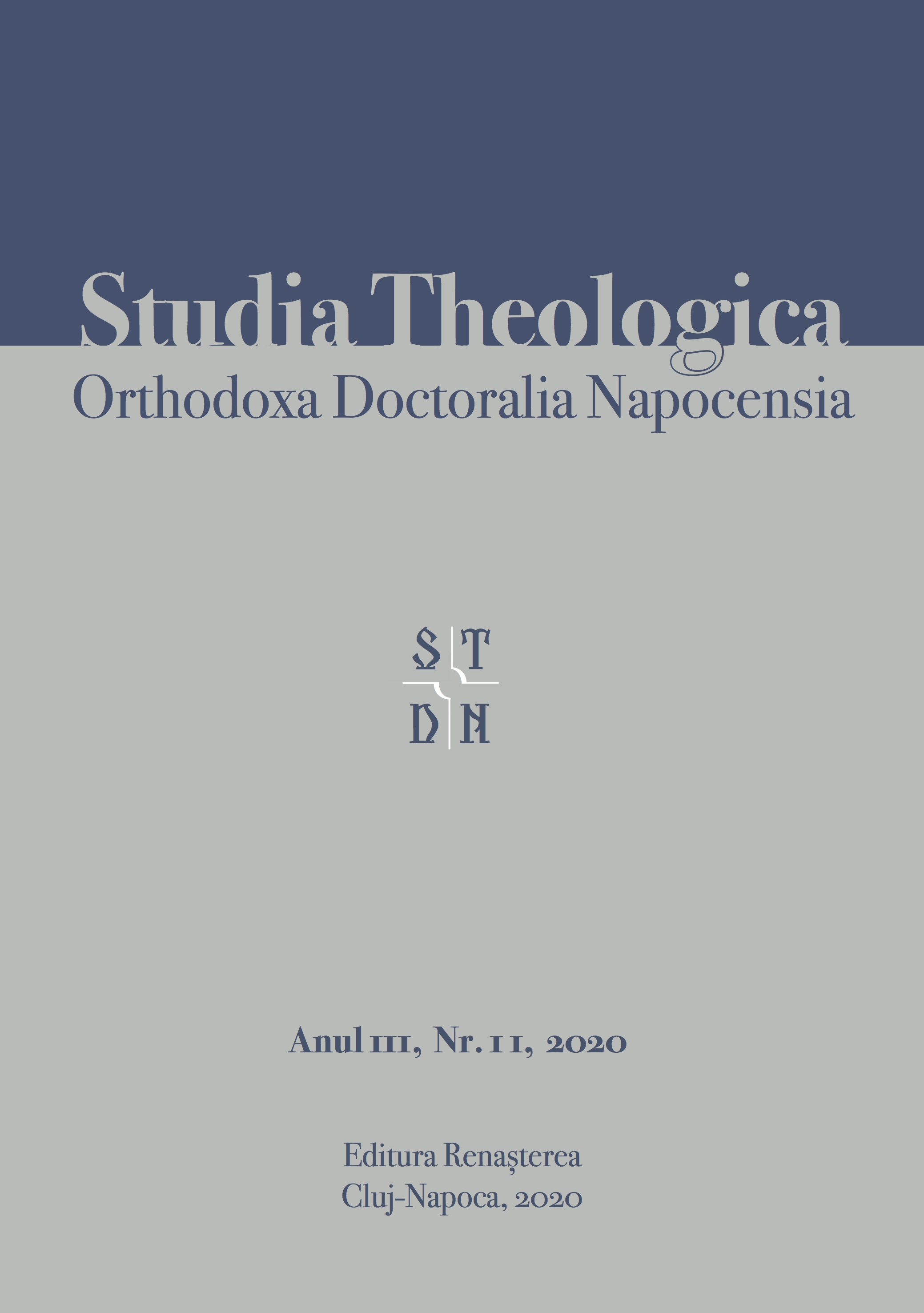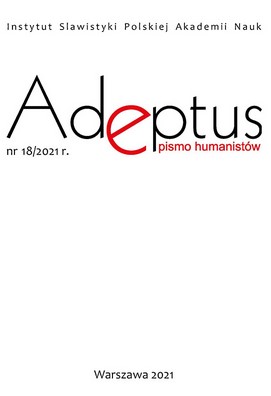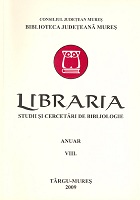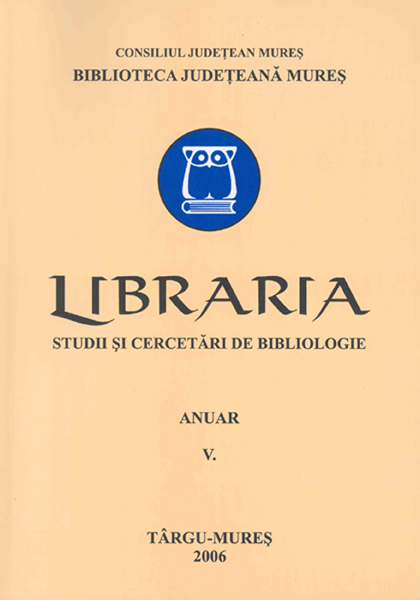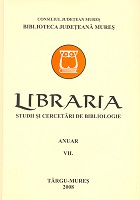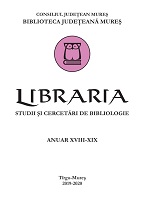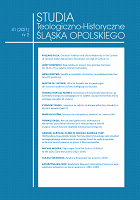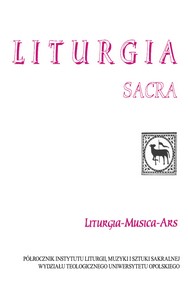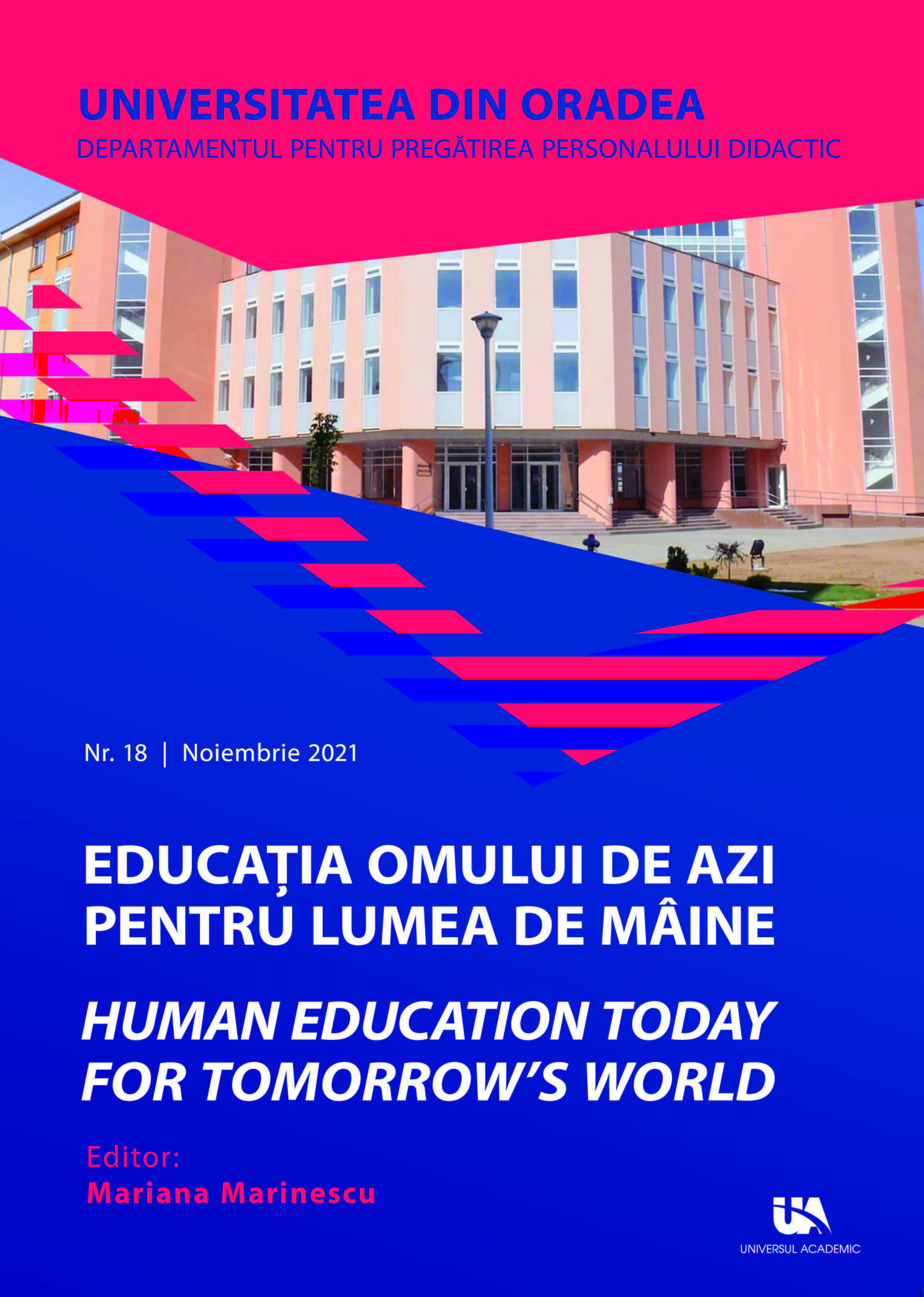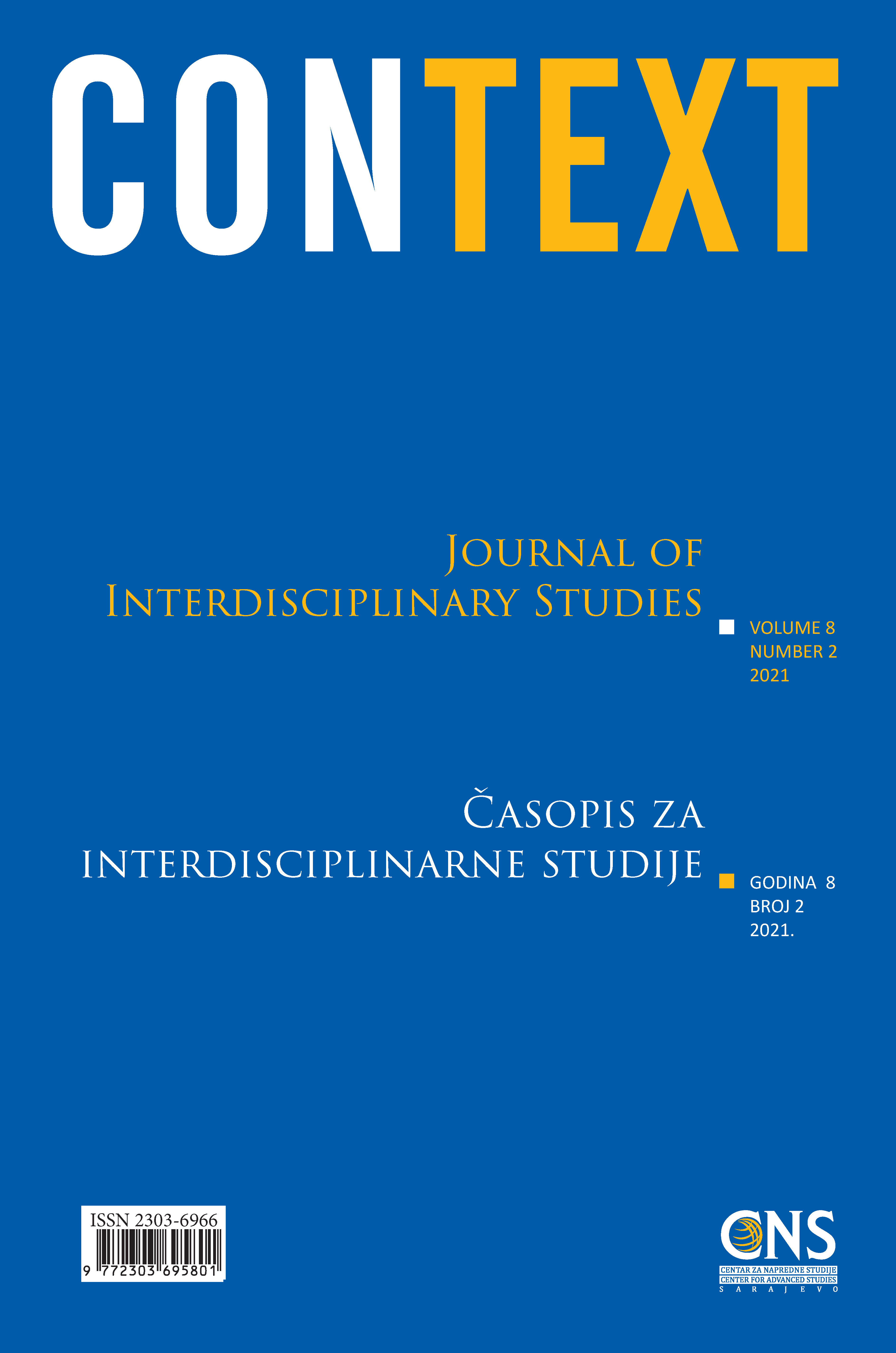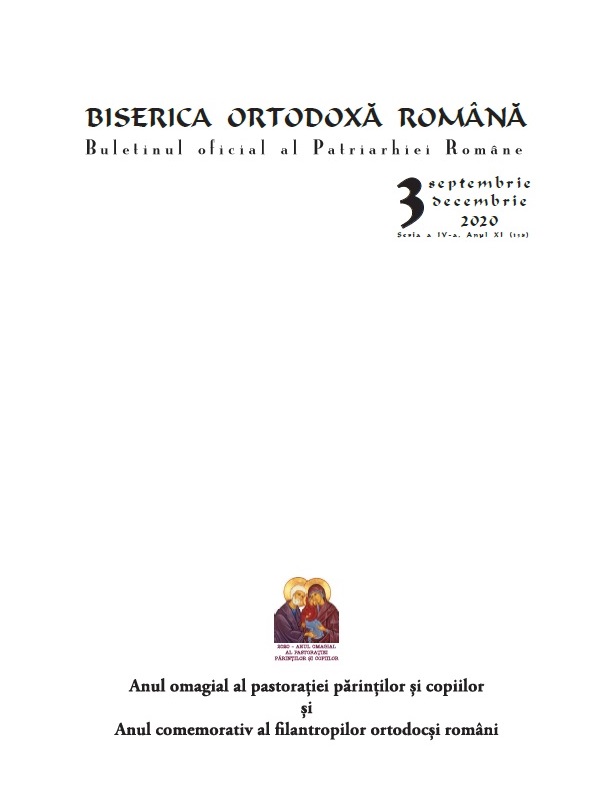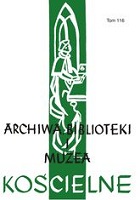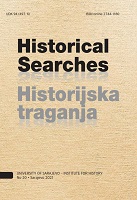Author(s): Marinel Laurențiu Marcu / Language(s): Romanian
Issue: 3/2020
This year, marked by the Covid-19 pandemic, the pilgrimage in honor of the feast Blessed Demetrios the New, the Patron Saint of Bucharest, was held over only three days (25-27 October).On 25 October, the holy relics of Blessed Demetrius the New were carried in procession and placed to be venerated by the faithful under the canopy adjoining the Patriarchal Cathedral, alongside the relics of Holy Emperor Constantine and Empress Helena, of Saint Nectarios of Aegina and of Saint Stylianus, the protector of children. The reliquary containing the holy relics of Saint Stylianus of Paphlagonia, protector of children, was brought into the Patriarchal Cathedral from St Stelian Lucaci church in Bucharest, in order to honour the Year dedicated to pastoral care for parents and children within the Romanian Patriarchate. In each of the three days, Holy Liturgy and vigil services were held at the Patriarchal Cathedral. On Sunday, 25 October, Patriarchal Vicar Bishop Ieronim Sinaitul, together with a synaxis of priests and deacons, celebrated the Holy Liturgyat the summer altar of the Patriarchal Cathedral, and in the evening the Vespers service was officiated in honor of the Holy Great Martyr Demetrios, the Myrrh-Streamer († 306), by Patriarchal Vicar Bishop Varlaam Ploieşteanul. His Grace concluded the Vespers service with a sermon on the life and wonders worked by the Holy Great Martyr Demetrios the Myrrh-Streamer. Celebrations in honor of the autumn patronal feast of the Patriarchal Cathedral continued on the second day of the pilgrimage. On Monday, 26 October, the feast of Holy Great Martyr Demetrios the Myrrh-Streamer, began with the celebration of the Holy Liturgy at the Summer Altar of the Patriarchal Cathedral, by His Grace Varlaam Ploieșteanul, Patriarchal Vicar Bishop, together with a small synaxis of priests – counsellors in the Administration of Patriarchate and the Eparchial Administration of Bucharest Archdiocese. On Monday evening, the eve of the feast of Blessed Demetrios the New, the Patron Saint of Bucharest, the pilgrims present on the Hill of Joy attended the Vigil service, celebrated in honor of the Saint by His Grace Timotei Prahoveanul, Vicar Bishop of Bucharest Archdiocese, together with a small synaxis of priests in the service of the Patriarchal Cathedral. After two days of pilgrimage and incessant praying, the events dedicated to Blessed Demetrios the New, the Patron Saint of Bucharest, culminated on Tuesday, 27October, on the Hill of Joy with the celebration of the Holy Liturgy, at the Summer Altar adjoining the Patriarchal Cathedral. In an atmosphere of spiritual peace, with hearts full of faith and hope, numerous people attended the liturgy officiated by His Beatitude Daniel, Patriarch of the Romanian Orthodox Church, alongside a synaxis of bishops, priests and deacons, in the presence of 200 faithful who were admitted in the specially designated area, observing the prescribed safety measures. Observing the prevention measured recommended by authorities, in addition to these 200 devout Christians standing in the designated area in front of the summer altar, many more hundreds of faithful could enjoy the liturgical service as they were passing through the „Saints’ Canopy” and venerated their holy relics, besseching their blessing, protection, help and intercession before the Heavenly Throne for the new epidemic to cease. In his sermon following the Gospel reading, His Beatitude Patriarch Daniel spoke about the Kingdom of God, about the Holy Mysteries and the Saints as signs of the presence of God’s Kingdom on earth, about the historic circumstances bringing of the holy relics of Blessed Demetrios the New to Bucharest and about the saint’s miracles, especially during the plague and cholera epidemics of the 19th century. He also spoke of the reason for bringing this year the reliquary containing the relics of Saint Stylianus of Paphlagonia, protector of the children, from Lucaci Church of Bucharest to the Patriarchal Cathedral. At the end of the Holy Liturgy service, the Head of the Romanian Orthodox Church thanked all those who had taken part in organizing the pilgrimage and all the pilgrims who attended the events organized this year on the Hill of Joy, in honor of the autumn patronal feast of the Patriarchal Cathedral. He called to prayer, good deeds, brotherly love, charity, faith, trust in the love of Christ and unwavering belief in God’s help in the face of perils, hardships, illness and other tribulations. The events dedicated to the autumn patronal feast of the Patriarchal Cathedral– Blessed Demetrios the New, Protector of Bucharest, ended with the hierarchs’procession to the Patriarchal Residence and the blessing of all the faithful present on the Hill of Joy.
More...
